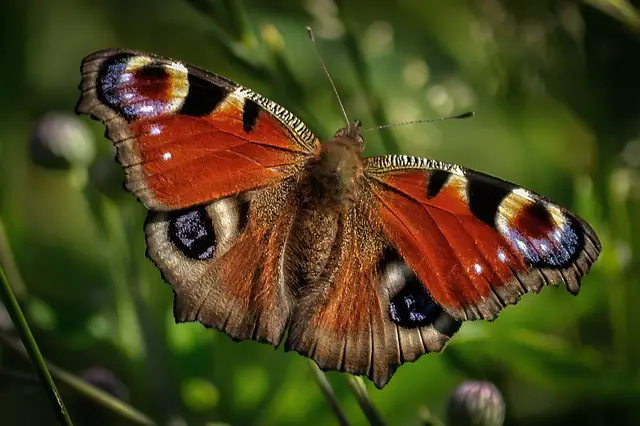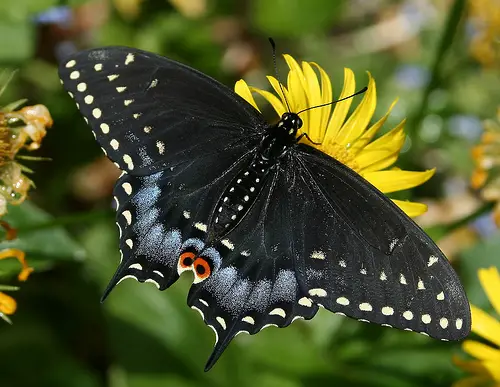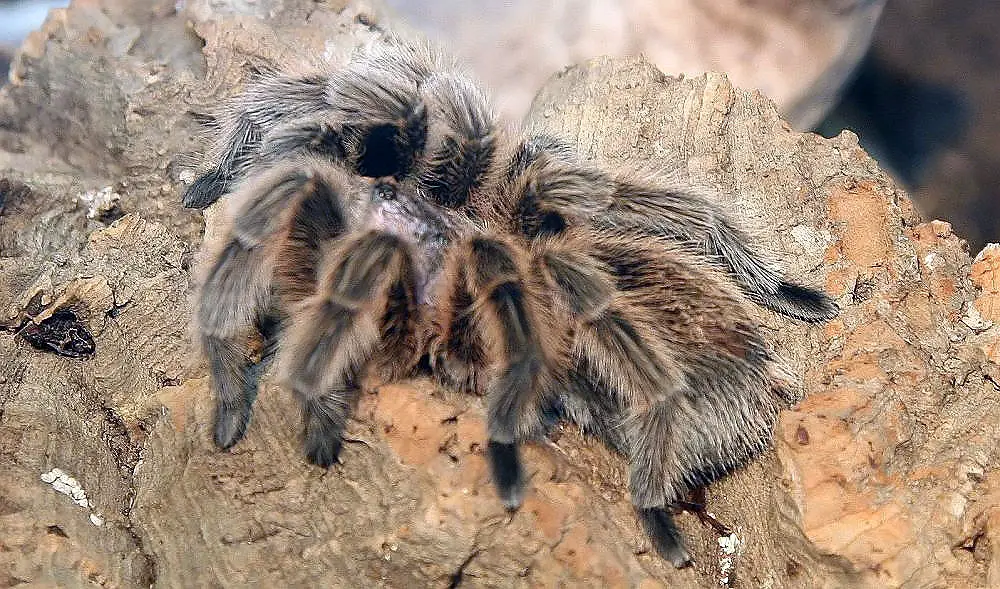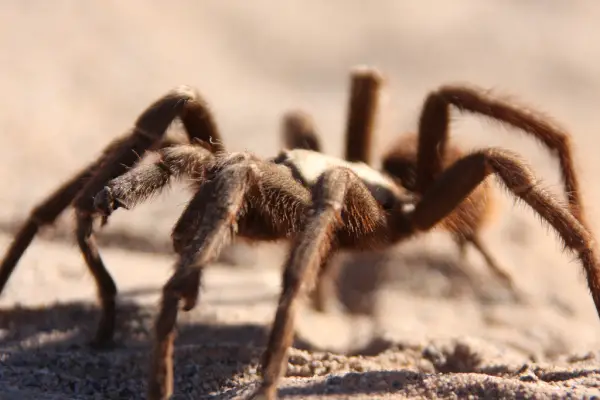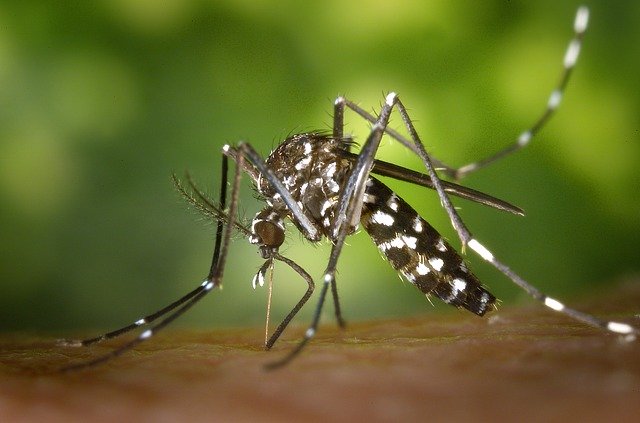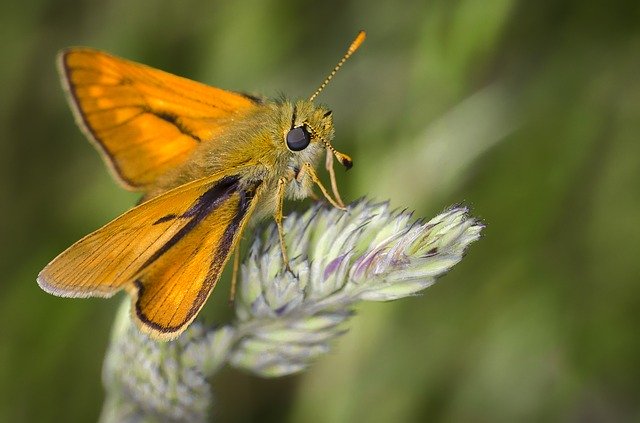The tiger Swallowtail (Papilio glaucus) or the eastern tiger swallowtail is a well-known butterfly species in the eastern United States reaching all the way toward Canada and southern Ontario. They have got a brilliant display of yellow stripes on its wings. Southern butterfly is larger than the northern species.
Tiger Swallowtail Butterfly Facts
Anatomy
- The wingspan measures about 7.9 to 14 cm (3.1 to 5.5 in) with females being larger than the males. Adult males are recognized by their black markings on the yellow background each of its wings.
- It grows to a length of about 5.5 centimeters (2.2 in).
- Young butterflies appear to have brown and white wings.
Distribution and Habitat
- Tiger swallowtail butterfly occurs in the southern Florida to Vermont to as far as the Great Plains and the eastern Texas. It is one of the most familiar flying insects within its range.
- The butterfly is thought to make homes in several different habitats such as deciduous forests, rivers, roadsides, gardens, woodlands, creeks, and fields.
- It likes to live in many host plants including Cottonwood-Populus spp., Sweet bay magnolia-Magnolia virginiana, Willow-Salix spp., and Wild black cherry-Prunus serotina.
- The tiger swallowtail is a native species of Alabama, North Carolina, South Carolina, Virginia, and Georgia.

Behavior
- Tiger swallowtail butterflies are solitary species and they are mostly most active during the day.
- They are thought to fly high above the ground while living typically on the tree canopy.
- In the host plants, male butterflies will search females for mating.
- Unique among its behavior is a puddling—a behavior when butterflies gather around in large numbers on mud, puddles, or damp gravel.
- Adult males also eat carrion, dung, and urine.
Feeding Ecology & Diet
- Tiger swallowtail butterflies will preferably feed on nectar from sturdy plants. These plants consist of red or pink flowers. The common nectar sources include Asteraceae, Fabaceae, and Apocynaceae.
- Caterpillars feed on the leave of host plants. These plants include sweet bay magnolia, wild black cherry, birches, willows, and Aspens.
Lifecycle
(Egg—Caterpillar—Pupa—Adult)
- Swallowtail butterflies make habitats on host plants where females lay eggs near nectar sources. The eggs are greenish-yellow with some red spots on it.
- The eggs measure around 0.8 millimeters (0.03 in) in height with the width measuring at 1.2 millimeters (0.05 in).
- The hatching period lasts about 4 – 10 days.
- Caterpillar reaches a length of about 5.5 centimeters (2.2 in) while pupa is 3.2 centimeters (1.3 in) long. The pupa may be white or dark brown.
- The pupa stage lasts about 9 – 11 days and the eggs hatch in about 3 – 5 days. At this stage it can neither eat nor drink.
- The adult butterfly can now sip nectar. They display brilliant colors.


